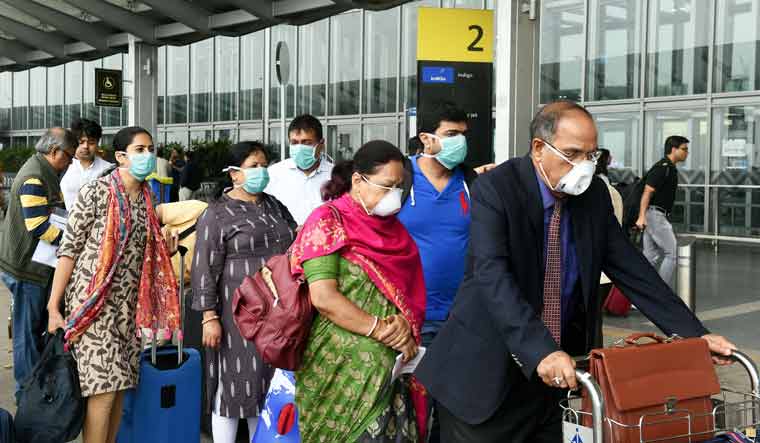
Can you catch COVID on plane? WHO thinks it is possible
Amid debate over safety of travelling by planes, the World Health Organization (WHO) stated that the risk of Covid-19 spreading on flights appears "very low", but cannot be ruled out.

Amid debate over the safety of travelling by planes, the World Health Organization (WHO) stated that the risk of COVID-19 spreading on flights appears “very low”, but cannot be ruled out.
“In-flight transmission is possible but the risk appears to be very low, given the volume of travellers and the small number of case reports. The fact that transmission is not widely documented in the published literature does not, however, mean it does not happen,” the WHO said in a statement to Reuters.
The study was taken out of context. They found it can't be spread through their ventilation systems. That doesn't mean if you sit next to someone who has the virus that you can't catch it. It means you wont likely catch it from someone sitting on the other side of the plane.
— Jacob Butler (@Teddiursa92) October 18, 2020
The risk can be gauged basis findings of a U.S. Defense Department study that last week described the probability of catching the disease on airliners as “very low”.
Some airlines have, however, been very forthcoming on setting aside risk of onboard transmission. Southwest Airlines and United Airlines have both said that recent studies had found that the risk was “virtually non-existent”.
Indigo Airlines CEO Ronojoy Dutta too had said a couple of months back that there is no evidence to back the claim that coronavirus spreads among passengers onboard a plane.
Southwest, which has been keeping middle seats free, said on Thursday that in the backdrop of the research it would lift the block on middle seats.
Global airlines body IATA said on October 8 that only 44 potential cases of flight-related transmission had been identified among 1.2 billion travellers this year, or one in every 27 million passengers. But IATA’s claim was challenged by a scientist, Dr David Freedman, a U.S. infectious diseases specialist, who said last week that IATA’s assertion is based on “bad math”. IATA, however, stuck to its stand.
Also read: Air pollution increases COVID risk: Know how to keep yourself safe
The WHO said it is aware of two case studies that support onboard transmission – one on flight from London to Hanoi and another from Singapore to China.
The WHO maintained its earlier stand that sick passengers and people with confirmed exposure to COVID-19 should not be allowed to travel. It added, however, that ventilation systems on modern jets could filter viruses and germs quickly.


